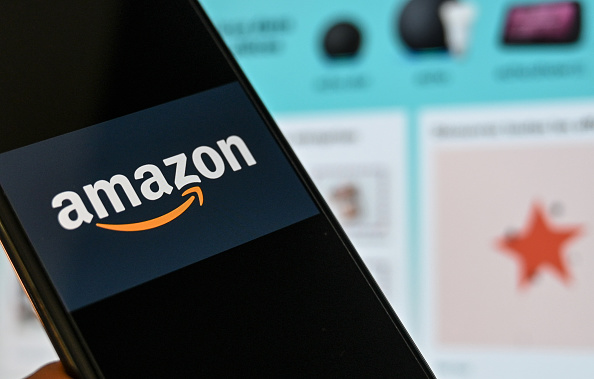It’s the most wonderful time of the year for brick-and-mortar retailers – or at least, it used to be. Employed by both traditional retailers and digital stores alike, e-commerce has transformed the customer engagement experience by offering one-click purchases, free shipping, and no need to leave the house in order to complete the transaction.
This has led to an increasingly competitive market. In a bid to seize even more seasonal territory, e-commerce giant Amazon even launched its Black Friday deals two weeks early. The move will no doubt encroach further on what is supposed to be the most profitable time of the year for traditional retailers.
Fortunately, if you’re running a small business, all is not lost. By focusing on engaging meaningfully with the customers who already patronise your business, you can make a resounding success of the rest of the festive season. Here’s how.
The right channels – not just any channels
There’s a lot of talk about omnichannel marketing, and much of it makes sense. The basic principle of providing a seamless customer experience at all possible points of interaction is essentially sound. It’s also borne out by statistics: omnichannel customers spend 93 per cent more per transaction. It’s obvious why: consistency simplifies things for customers, making it easier to move from in-store to website to mobile, and identify and secure the products they want with minimal hassle. But there’s no getting around the fact that a small business with limited resources will find it hard to maintain a presence in every digital and physical channel.
So how can you justify the expense?
Well, in fact, you don’t need to. Instead, apply the core principles of omnichannel marketing – cohesion and continuity – but only to those channels which matter most. If you’re selling household goods to over 65s, for example, you probably want to avoid emphasising digital channels too heavily: they purchase fewer of these items online than any other demographic. In contrast, if you’re a sporting goods retailer marketing your products at the 25-34 demographic, you’ll want to emphasise online channels as much as possible – and align it with your efforts in other channels.
Equally, if your customers aren’t on social media, there’s little use in maintaining a heavy Twitter and Facebook presence. If they don’t listen to the radio, there’s no sense in spending money on a rush hour advertising slot. Be where your target audience is, and don’t be where it isn’t: every penny you spend on the wrong channel could be spent on the right ones.
Map out the buyer journey
In all the chaos of the festive shopping season, it’s easy to lose sight of customer experience. But to make the most of this high-traffic season – and to keep as many people as possible coming back – you’ll want to map out your buyer journey as much as possible. In particular, you’ll need to think about how you attract, identify, engage, and retain key prospects.
For example, if you’re running an electronics store, you may well attract a customer with a 30 per cent discount on a certain kind of universal remote. They enjoy the first experience, and return a few times – enough that they like you, but not so much that they’re committed to your brand. That said, these visits have allowed you to identify their spending habits: maybe they just buy batteries or keyboards, but you’ve got an idea of what they like to buy, how often they like to buy it, and which channels they like to buy from. So with this information to hand, you’ll know how to better engage with personalised offers for their favoured products – be they 4K TVs, smartphones, or personal computers – and retain them with special incentives and loyalty schemes.
Always keep the customer engagement journey firmly in mind.
Rely on your most loyal customers
That said, during this high traffic time, many will be less interested in forging a relationship with businesses than in getting the best possible deal. If you don’t believe me, Google ‘Black Friday horror stories’.
See also: How three businesses are gearing up for Black Friday
At this stage, you’d do well to focus on the reliable customers you already have. Research from Adobe says that 5 per cent of an organisation’s customers are responsible for 35 per cent of holiday revenue, so focusing your efforts on these individuals is prudent.
Remember: if you’re holding a Christmas sale, your immediate competitors are too. Don’t risk defections – if you have special festive offers available, tell your repeat customers about it before the day arrives.
Stories about how e-commerce giants like Amazon and eBay stole Christmas have become common in recent years, and to an extent, they’re true: high street chains and small businesses alike no longer enjoy the same peaks they once did. For companies that are willing to adopt the right customer engagement strategies, however, there is always opportunity to optimise competitiveness, both online and in-store.
Jason Lark is managing director of Celerity.





